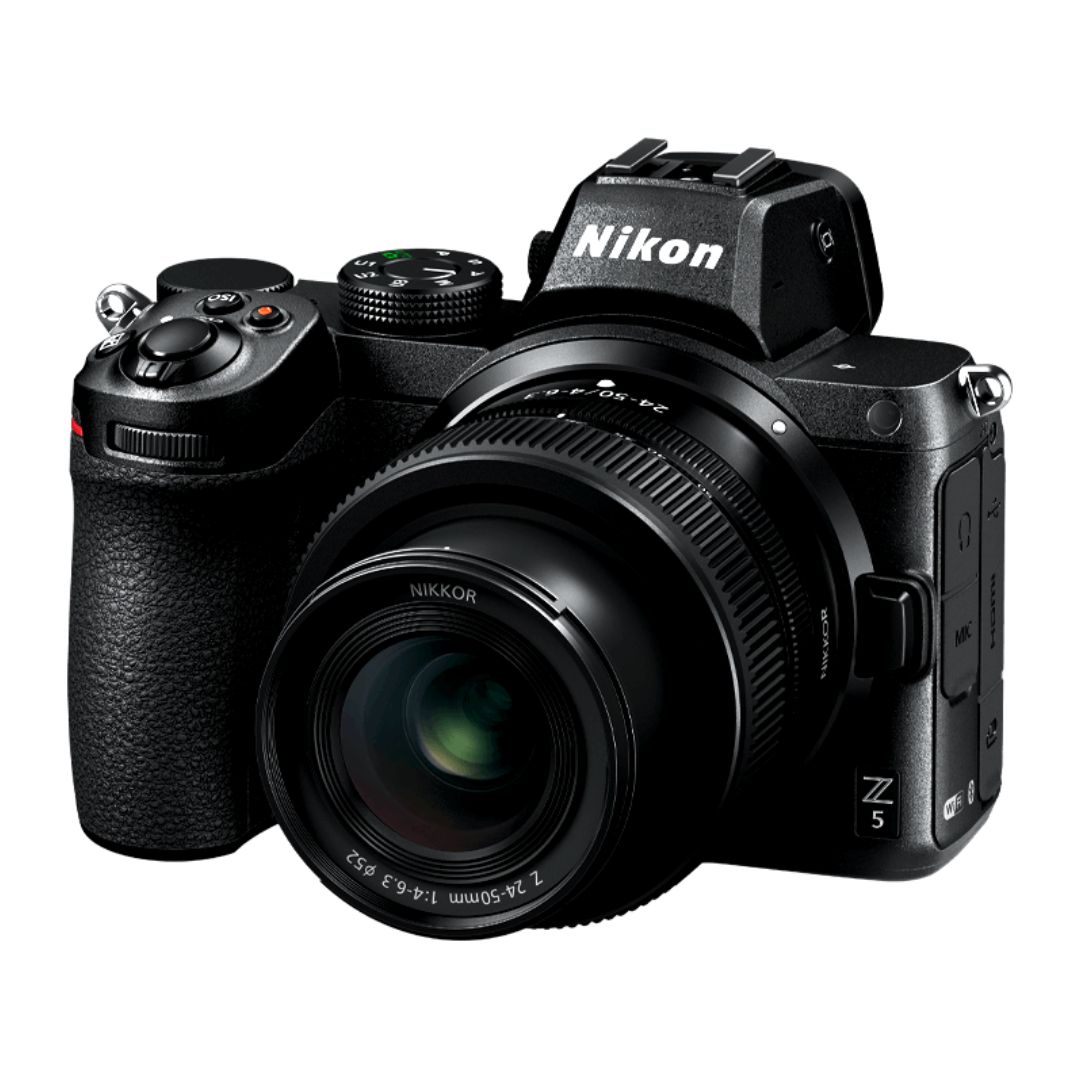Professional portraits capture the essence of a subject while maintaining high-quality composition, lighting, and posing techniques. Whether you’re a beginner or an experienced photographer, understanding how to create professional portraits requires attention to detail, skillful execution, and creative vision. This guide provides an in-depth approach to enhancing your portrait photography and making every shot look polished and magazine-worthy.
Understanding the Elements of Professional Portraits
1. Mastering Lighting Techniques
Lighting plays a crucial role in portrait photography, as it sets the mood, highlights facial features, and eliminates unwanted shadows. Here are some lighting techniques to consider:
- Natural Light: The golden hour, just after sunrise or before sunset, provides a soft and warm glow that enhances skin tones.
- Studio Lighting: Using softboxes, beauty dishes, and reflectors helps control shadows and create flattering lighting setups.
- Rembrandt Lighting: This technique creates a small triangle of light on one side of the face, adding depth and dimension.
- Butterfly Lighting: Ideal for beauty portraits, it positions the light directly in front of the subject to create a soft shadow under the nose.
2. Choosing the Right Background
A cluttered or distracting background can ruin the impact of a portrait. To achieve professional-looking portraits:
- Opt for neutral or blurred backgrounds to draw attention to the subject.
- Use shallow depth of field (bokeh) by selecting a wide aperture (e.g., f/1.8 – f/2.8).
- Consider textured backgrounds such as brick walls or artistic murals to add character.
- Experiment with studio backdrops for classic headshots or corporate portraits.
3. Perfecting Composition and Framing
A well-composed portrait draws the viewer’s eye to the subject’s face and conveys emotion effectively. Consider these composition techniques:
- Rule of Thirds: Position the subject slightly off-center for a more dynamic look.
- Leading Lines: Use elements like roads, fences, or staircases to direct attention toward the subject.
- Tight Framing: Close-up portraits emphasize facial expressions and details.
- Negative Space: Leaving empty space around the subject can create a minimalist, artistic effect.
4. Posing for Confidence and Comfort
A natural and relaxed pose enhances the authenticity of a portrait. Guide your subjects with:
- Subtle movements: Encourage slight tilts of the head, soft hand placements, and natural postures.
- Interaction with props: Holding a book, cup of coffee, or piece of fabric can create storytelling elements.
- Engaging expressions: Ask the subject to think of a happy memory or talk about something they enjoy.
- Angles and perspectives: Shooting from slightly above can create a flattering look, while eye-level shots provide a direct connection.
5. Styling and Wardrobe Choices
Outfit selection impacts the overall feel of the portrait. Keep these points in mind:
- Solid colors and neutral tones work best to avoid distractions.
- Textures and layers add depth and sophistication.
- Avoid logos and busy patterns that might take attention away from the face.
- Coordinate with the setting—a formal outfit suits a corporate portrait, while casual wear complements lifestyle photography.
6. Enhancing Portraits with Post-Processing
Editing can refine the final image while maintaining a natural look. Use these techniques:
- Skin Retouching: Use frequency separation in Photoshop or skin-smoothing tools in Lightroom.
- Color Correction: Adjust white balance, contrast, and saturation for accurate tones.
- Dodge and Burn: Enhance highlights and shadows to add dimension.
- Sharpening Details: Emphasize the eyes, lips, and hair for a crisp, professional finish.
Advanced Tips for Exceptional Portrait Photography
1. Understanding the Subject’s Personality
A professional portrait should reflect the subject’s character. Before the shoot:
- Have a conversation to understand their personality and comfort level.
- Choose poses that align with their natural expressions and energy.
- Capture candid moments for authenticity.
2. Creating an Emotional Connection
A strong emotional connection between the subject and camera enhances the portrait’s depth. Encourage:
- Genuine smiles through casual conversation.
- Thoughtful gazes for storytelling elements.
- Soft expressions that feel natural rather than forced.
3. Experimenting with Different Lenses
The right lens can significantly impact the quality of professional portraits:
- 50mm (Nifty Fifty): Offers a natural perspective with beautiful bokeh.
- 85mm: Ideal for flattering facial features and minimizing distortion.
- 24-70mm Zoom Lens: Versatile for different compositions and framing.
- 200mm Telephoto: Compresses the background for cinematic effects.
4. Incorporating Motion and Creativity
Adding subtle movement makes portraits feel dynamic and engaging:
- Ask the subject to walk, twirl, or play with hair.
- Capture mid-motion shots for a cinematic touch.
- Experiment with environmental elements like wind, fabric, or water.
5. Shooting in Different Lighting Conditions
Adapt to various lighting scenarios for flexibility in portrait photography:
- Golden Hour: Soft, warm light enhances skin tones and creates a dreamy effect.
- Overcast Days: Even lighting prevents harsh shadows and highlights.
- Indoor Natural Light: Use large windows as diffused light sources.
- Night Portraits: Experiment with artificial lights, neon signs, or long-exposure techniques.
Conclusion
Creating professional portraits requires a combination of technical expertise, artistic vision, and thoughtful execution. From lighting techniques and composition to styling and editing, every element plays a role in refining the final image. With practice and creativity, you can elevate your portrait photography skills and consistently deliver stunning results.
Whether you’re capturing headshots, fashion editorials, or intimate portraits, implementing these strategies will help you achieve a polished and professional look every time.

Sony Alpha a7 IV: The Ultimate Camera for Photography

Nikon Z5 Review: Is It Worth It?
-

Nikon Z9 : Game-Changer for Photography
-

Top Features of Nikon D850 That Make It Ideal for Portfolio Shoots
Sony Alpha a7 IV: The Ultimate Camera for Photography
Explore the Sony Alpha a7 IV in this complete 2025 review. Learn how its pro-level features, real-world performance, and hybrid flexibility make it the ultimate camera for photography across genres like portraits, weddings, travel, and commercial work. Table of Contents Section 1: Introduction – Why the Sony Alpha a7 IV Stands Out The Sony Alpha…
Nikon Z5 Review: Is It Worth It?
In 2025, photographers—whether hobbyists, content creators, or professionals—seek equipment that blends value, performance, and future-readiness. Enter the Nikon Z5, a full-frame mirrorless camera marketed as a gateway to high-end imaging without a flagship price tag. But how well does it hold up under real-world demands like studio shoots, weddings, landscape adventures, and lifestyle photography? In…
Nikon Z9 : Game-Changer for Photography
Discover why the Nikon Z9 is considered a true game-changer for photography. This in-depth Nikon Z9 review explores key features, real-world performance, and how it excels in professional photo shoots in 2025. Table of Contents 1. Introduction The photography world witnessed a significant shift with the launch of the Nikon Z9, a flagship mirrorless camera…
Top Features of Nikon D850 That Make It Ideal for Portfolio Shoots
Discover why the Nikon D850 is the ultimate DSLR for portfolio shoots. Explore its top features—from resolution and dynamic range to autofocus precision and workflow speed—that help photographers create stunning, high-impact images for professional portfolios. Whether you’re a portrait artist, fashion photographer, or visual storyteller, a portfolio shoot demands technical excellence, creative flexibility, and uncompromised…
Candid Moments with Canon EOS R10: Lightweight & Reliable
In the evolving world of mirrorless photography, the Canon EOS R10 stands out as a lightweight yet powerful camera tailored for real-life storytelling. Whether you’re photographing street scenes, family gatherings, weddings, or spontaneous portraits, capturing genuine emotion requires a responsive and discreet tool. This article dives deep into how the Canon EOS R10 excels in…
Bold Portraits with Canon EOS R5: Is It the Best for Work?
Studio photography has always demanded precision, artistry, and impeccable gear. As the expectations for commercial portraits, fashion campaigns, and editorial work continue to rise, the tools we use must evolve. Enter the Canon EOS R5, a camera that has stirred the professional waters with its impressive technical specs and forward-thinking design. In this comprehensive Canon…


